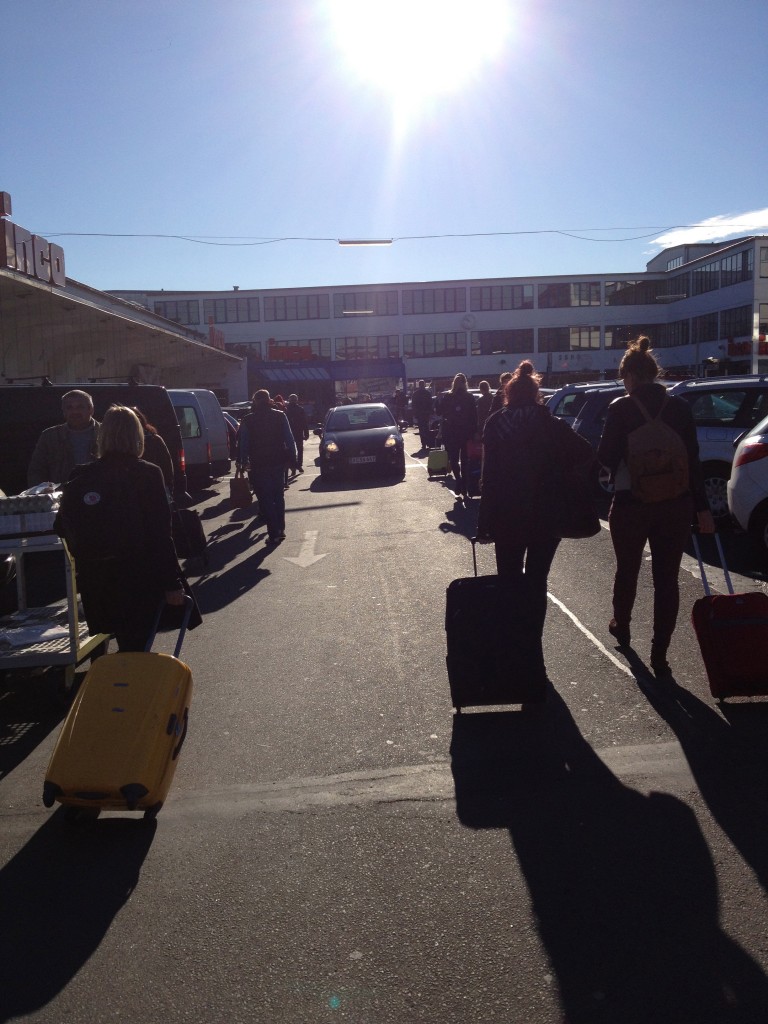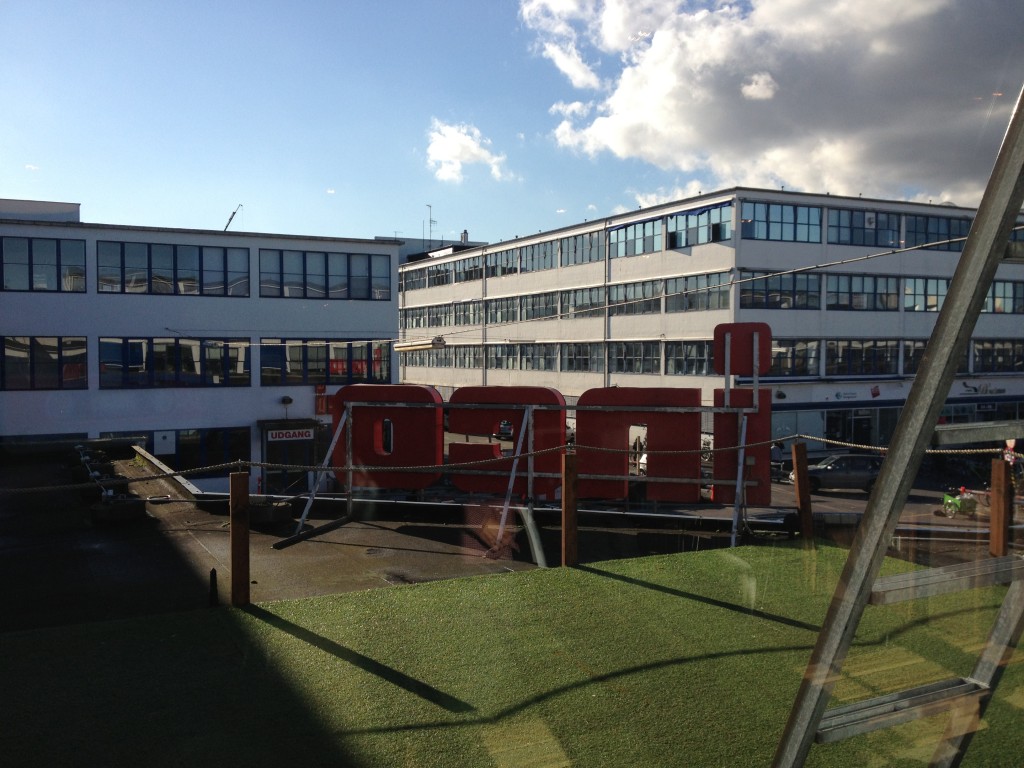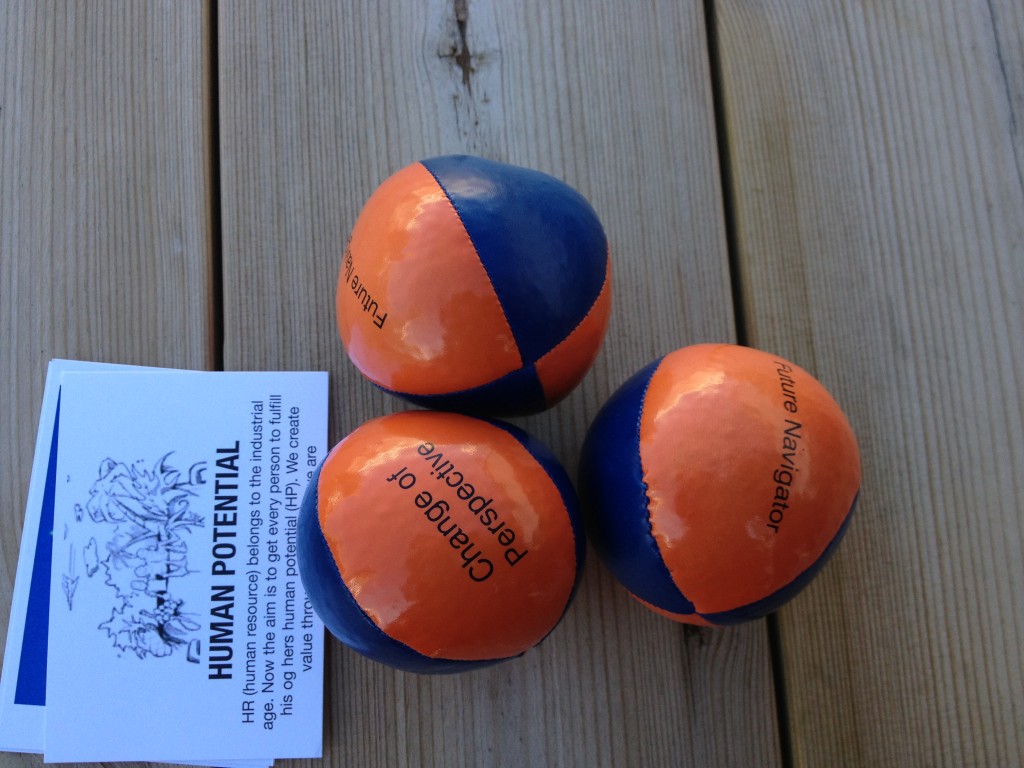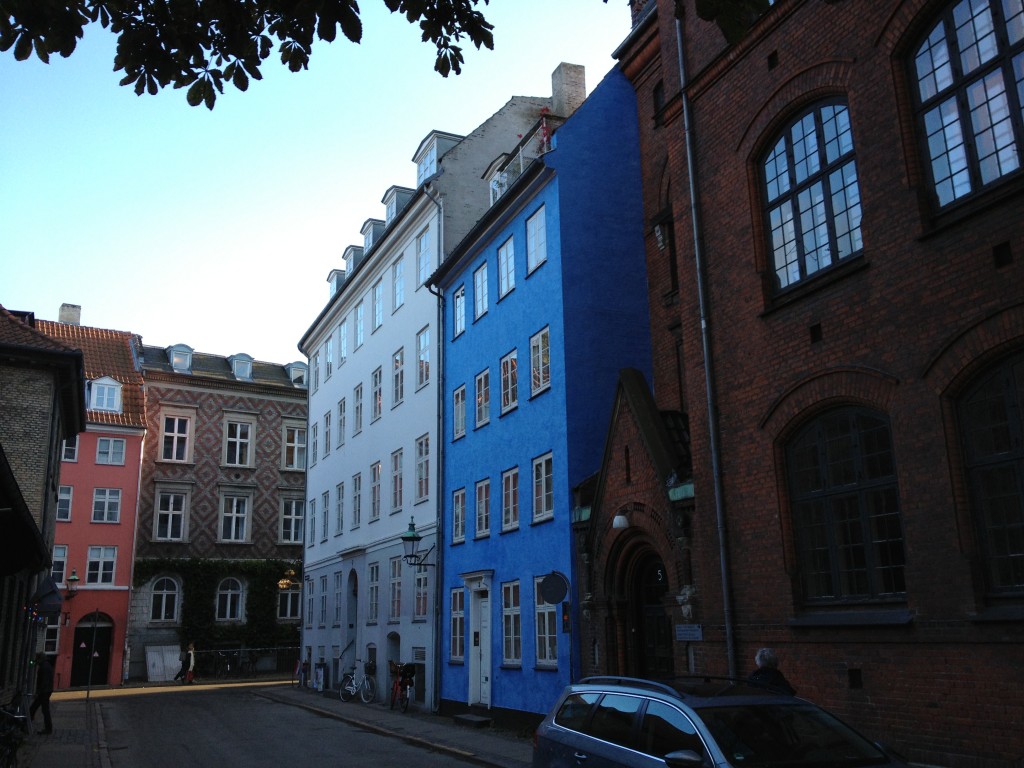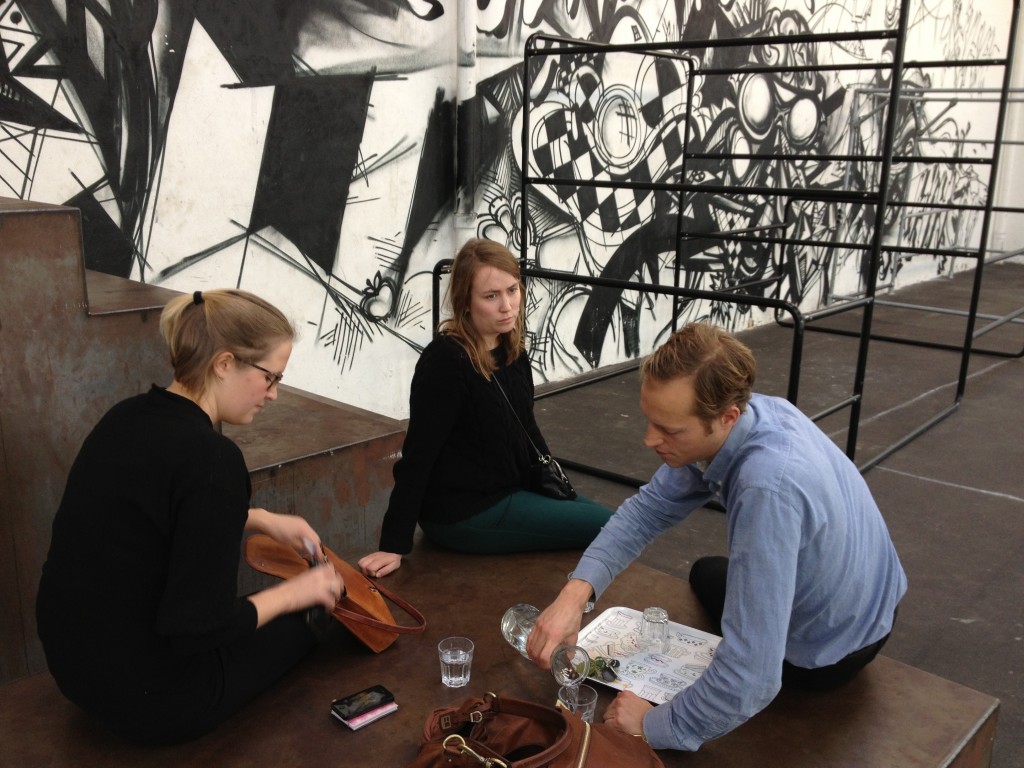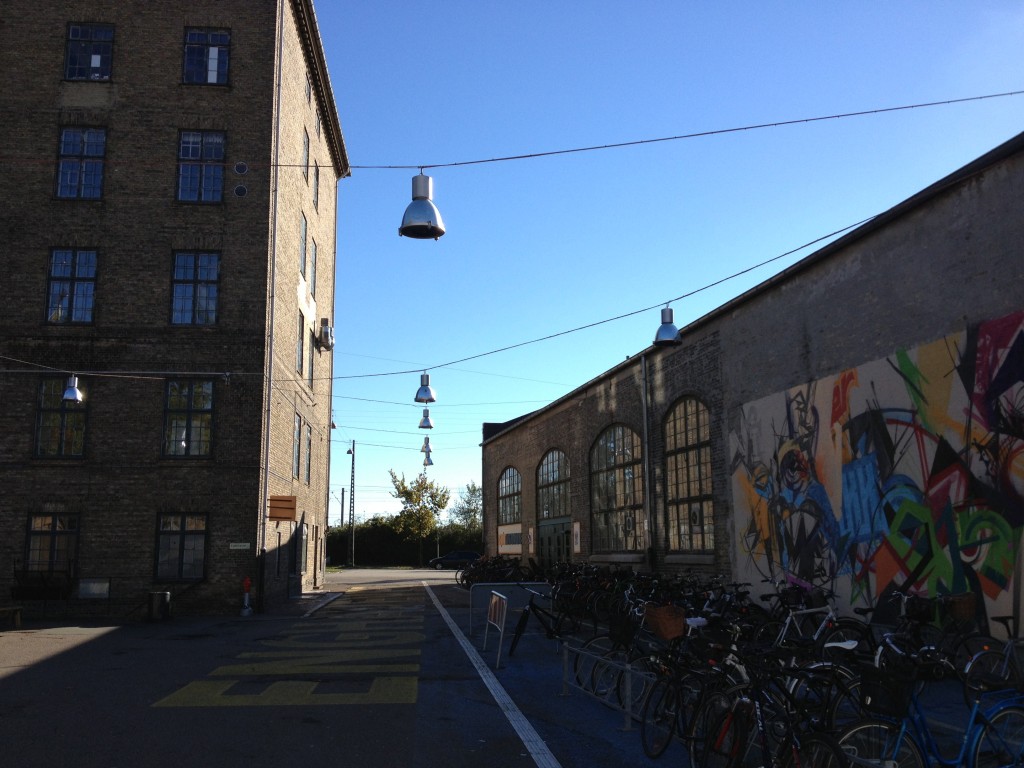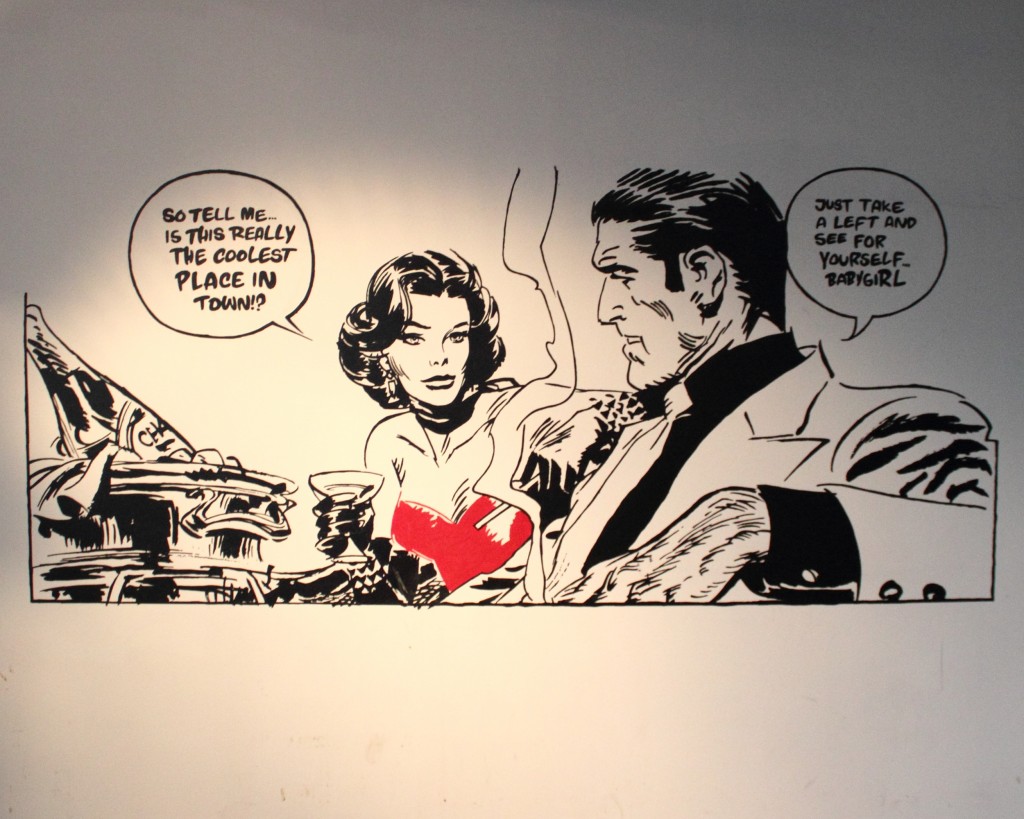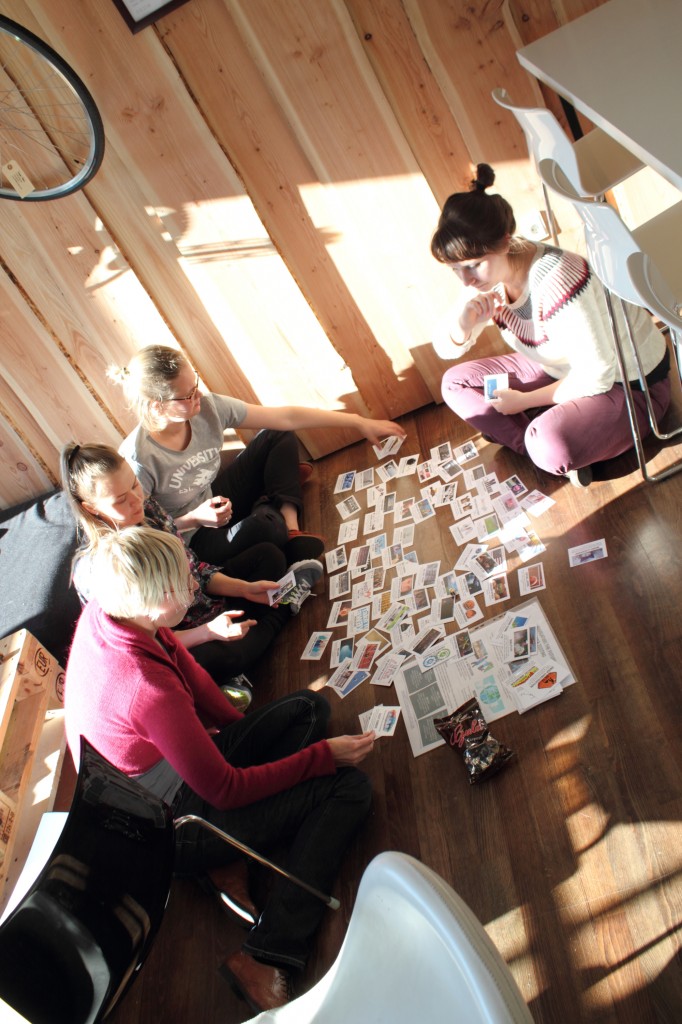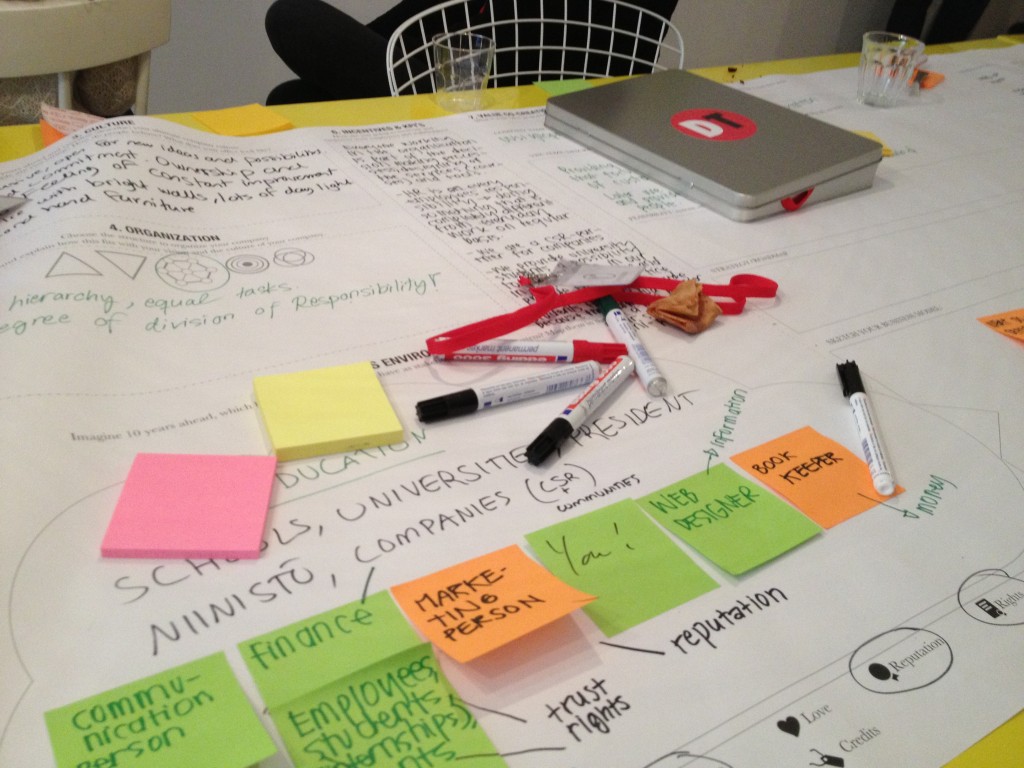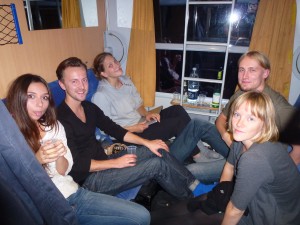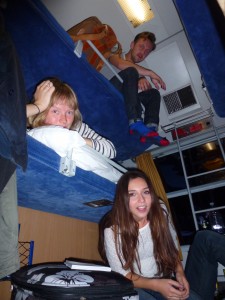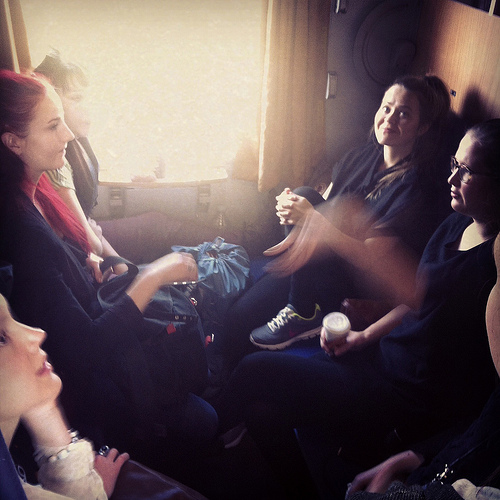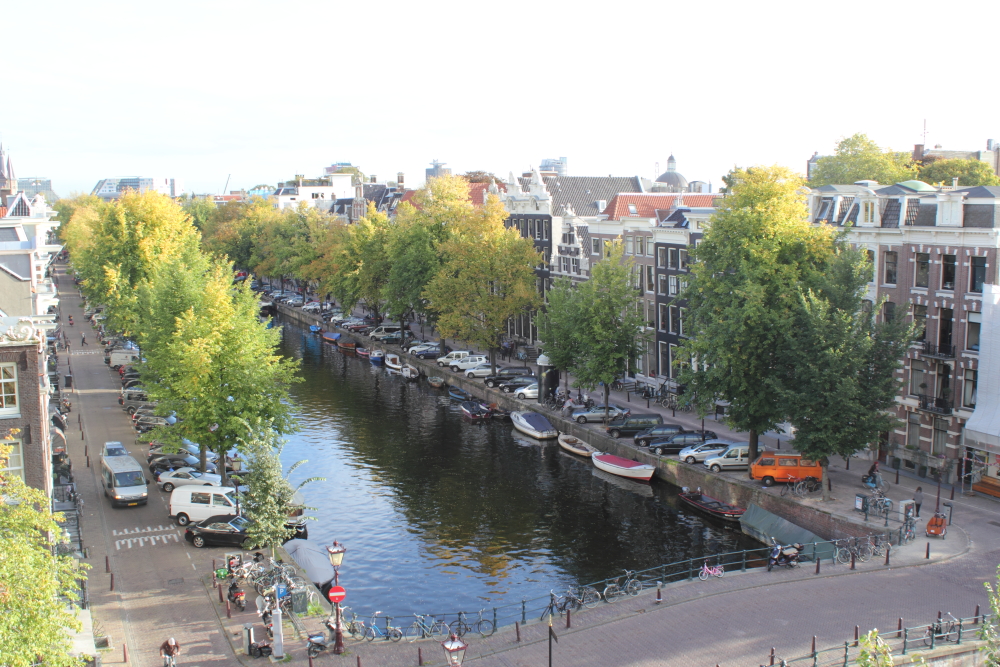
Finally, as we are sitting in the train heading to Copenhagen, I have enough time to finish the introduction to our project called Yhteismaa (Common Ground). Our program has been really busy, but fruitful. Especially the visit to Kennisland yesterday was an inspiring one.
Yhteismaa consist of four people, who are specialized in social sciences, social media, culture and design. Our main task is to design, implement and maintain social projects, events and services together with the society. We help organizations to create fruitful processes together with the citizens by combining our scientific background with expertise in social media, project management and web services.
Yhteismaa’s work is based on a strong vision on how we could all better express ourselves, how our creativity and capacities could be made a better use of and how we could actively participate in the building of the world around us. Often this means creating tools that utilize social media, as well as draw from social movements and collective creativity. We always work experimentally, developing our ideas in close relationship to the users.
We have already been working together with some projects like Siivouspäivä (Cleaning Day), which is a recycling carnival during which people bring their used stuff outside on the streets, parks and gardens for others to buy, take or swap. We also participated with Ilmastoinfo (Climate Info) in the international movement Park(ing) Day in the 21st of September 2012 with our own unique event. In cooperation with city authorities about twenty parking spots were reserved for anyone to occupy, without cars, in the Helsinki. The underlying task was to encourage people to imagine a different kind of city, with little less cars and little more people.
Now our main project is Nappi Naapuri (Spot on Neighbour), which is a web service that enables people living close to each other to communicate easily, ask and provide for help. The long term goal is to determine the extent into which geographical proximity can be employed as a resource to achieve social, cultural and even economic benefits.
So this is Yhteismaa shortly. Currently we are working with our home page, so soon you can find us in Internet (www.yhteismaa.fi) too. Check it out, when it’s ready (hopefully soon)!


